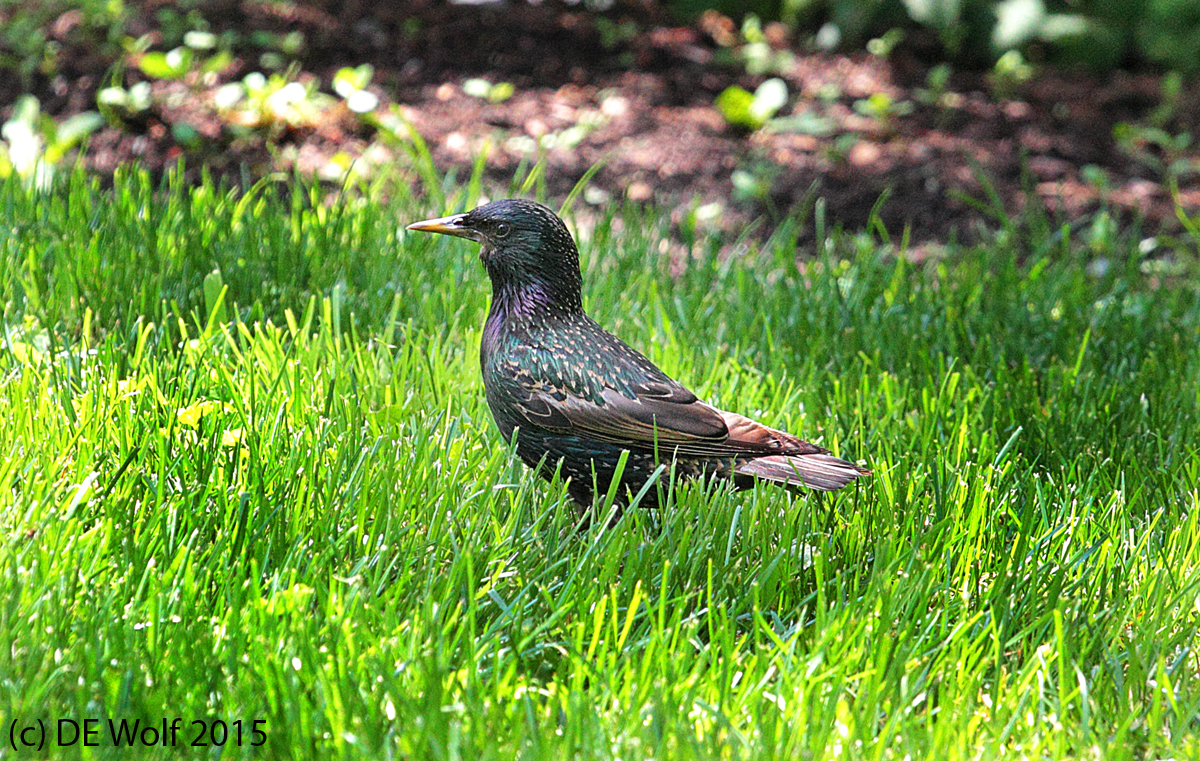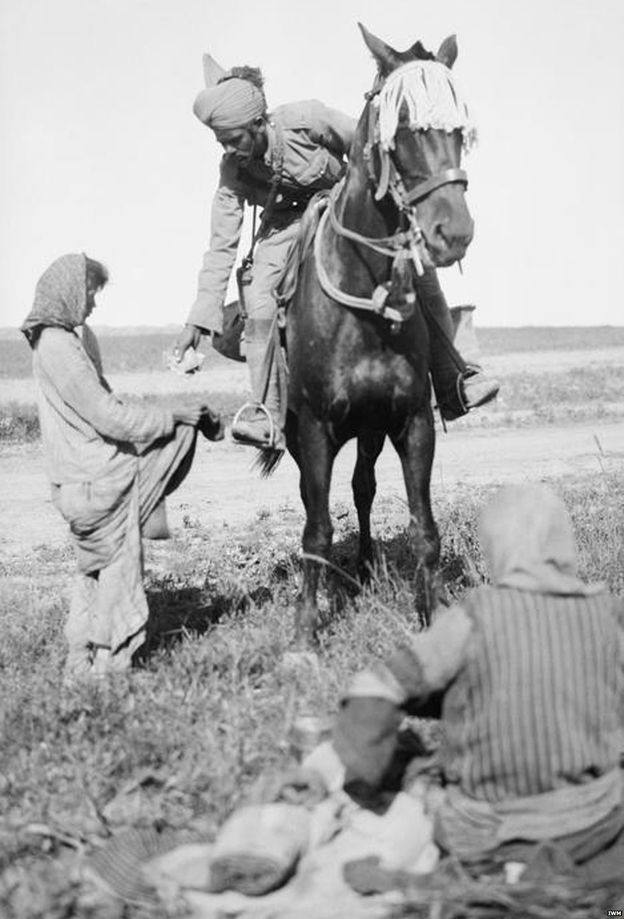Hmm! The starling is another one of those Rodney Dangerfield bird species that, like the American robin, whose Latin name is turdus migratorius and who “don’t get no respect.” The European starling’s Latin name is Sturnus vulgaris. I mean really? Sure they are aggressive and can wipe out a bird feeder in minutes. But they gotta eat too! How would you like to go through life with the last name “vulgaris?” They are the black clouds of birds that flock and delight us in winter. And as I hope Figure 1 reveals. they are in fact quite beautiful in their iridescence (Jacob’s amazing dream coat for sure) and delicate spots.
The story of the starling in America is one of literary origin. They are an introduced species. Some sixty starlings were released in 1890 into New York’s Central Park by Eugene Schieffelin, who was president of the American Acclimatization Society, which tried to introduce every bird species mentioned in the works of William Shakespeare into North America. A Today such behavior would not be encouraged. Around the same time, the Portland Song Bird Club released thirty-five pairs in Portland, Oregon. The west coast birds disappeared by 1902. But the tenacious east coast birds have followed the American western migration swelling in number and distribution. Today it is estimated that there are 150 million European starlings distributed from southern Canada and Alaska to Central America. This includes Portland, Oregon and it includes the Fresh Pond Reservation in Massachusetts. I found this beautiful example in the grass by the Water pump house.
“The king forbade my tongue to speak of Mortimer. But I will find him when he is asleep, and in his ear I’ll holler ‘Mortimer!’ Nay I’ll have a starling shall be taught to speak nothing but Mortimer, and give it to him to keep his anger still in motion.”
Henry the Fourth, Part I
William Shakespeare
Canon T2i with EF70-200mm f/4L USM lens at 184 mm, ISO 1600, Aperture Priority AE Mode, 1/1000th sec at f/7.1 with no exposure compensation.







